We’ve been back on the Farm since mid-March, getting things started for the year …
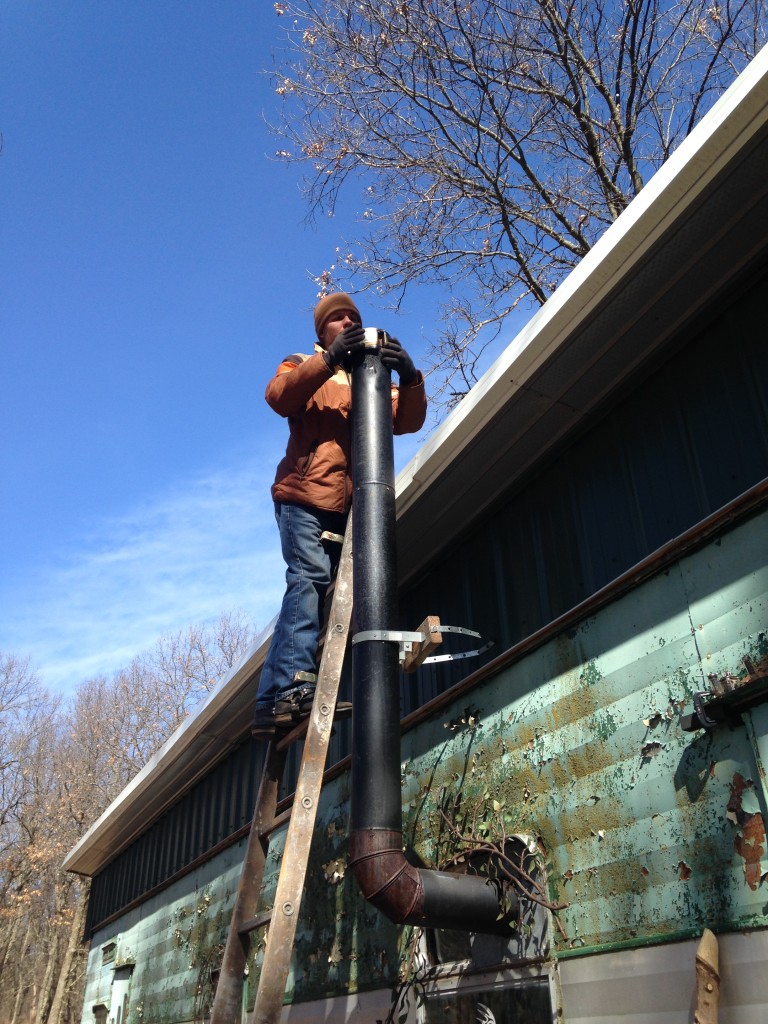
It’s been a month of preparation: hooking the solar power and rainwater collection systems back up, moving and fixing up the new guesthouse (a ’58 mobile home we got free on Craigslist), getting a new flock of laying hens, upgrading the nest boxes, turning dead trees into firewood, setting up fences, planning upgrades to the rainwater system, paying taxes, layering the hugelkultur mound, preparing for the coming 70×30′ high tunnel, and, of course, soaking in the hillbilly hot tubs.

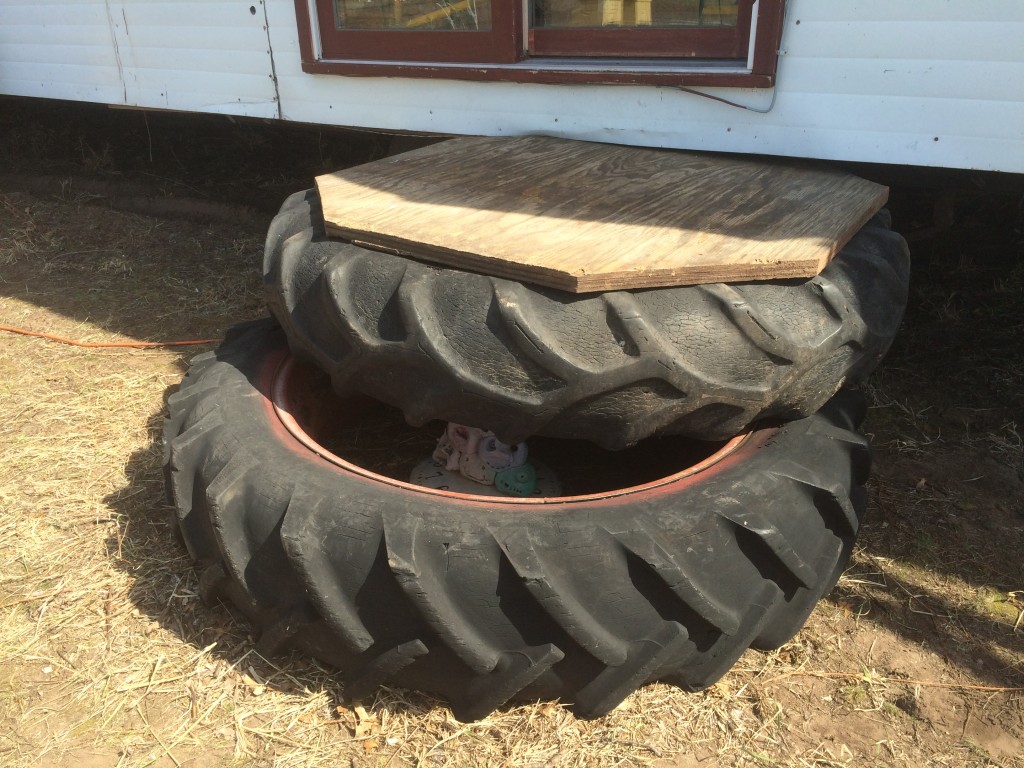
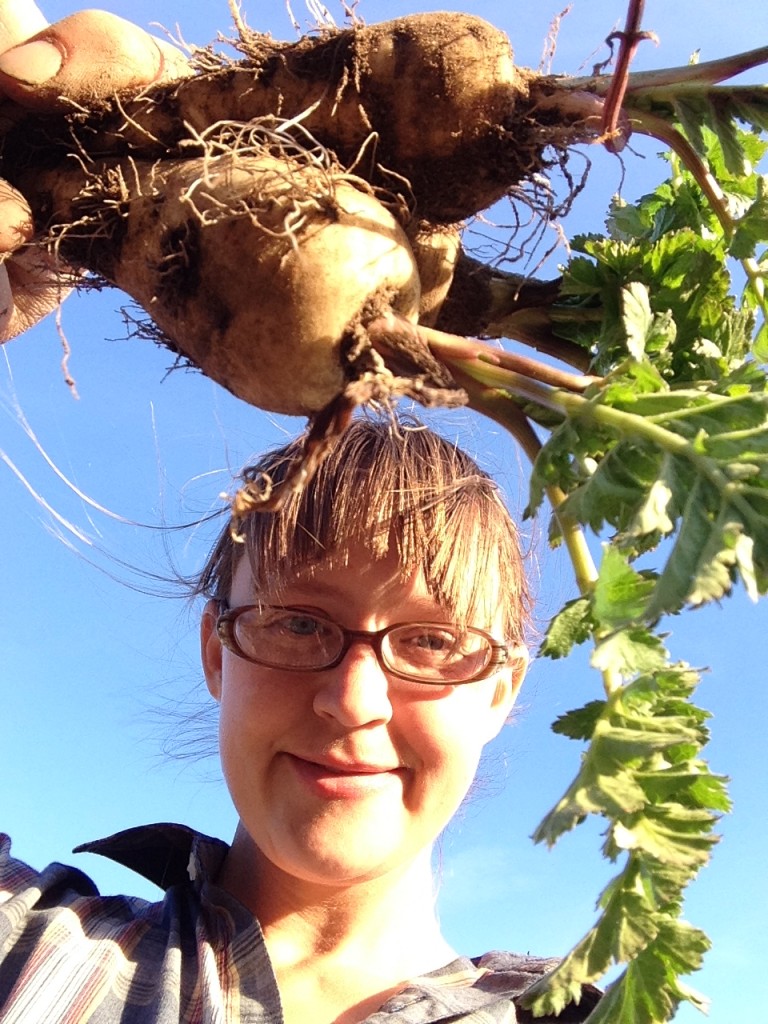
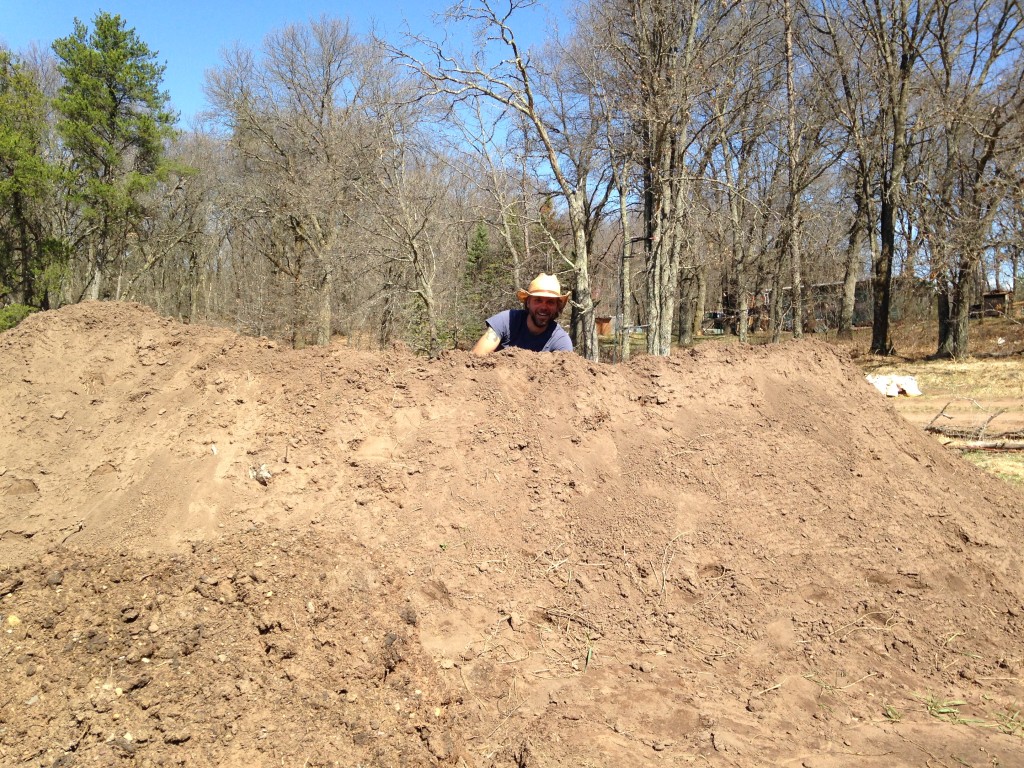
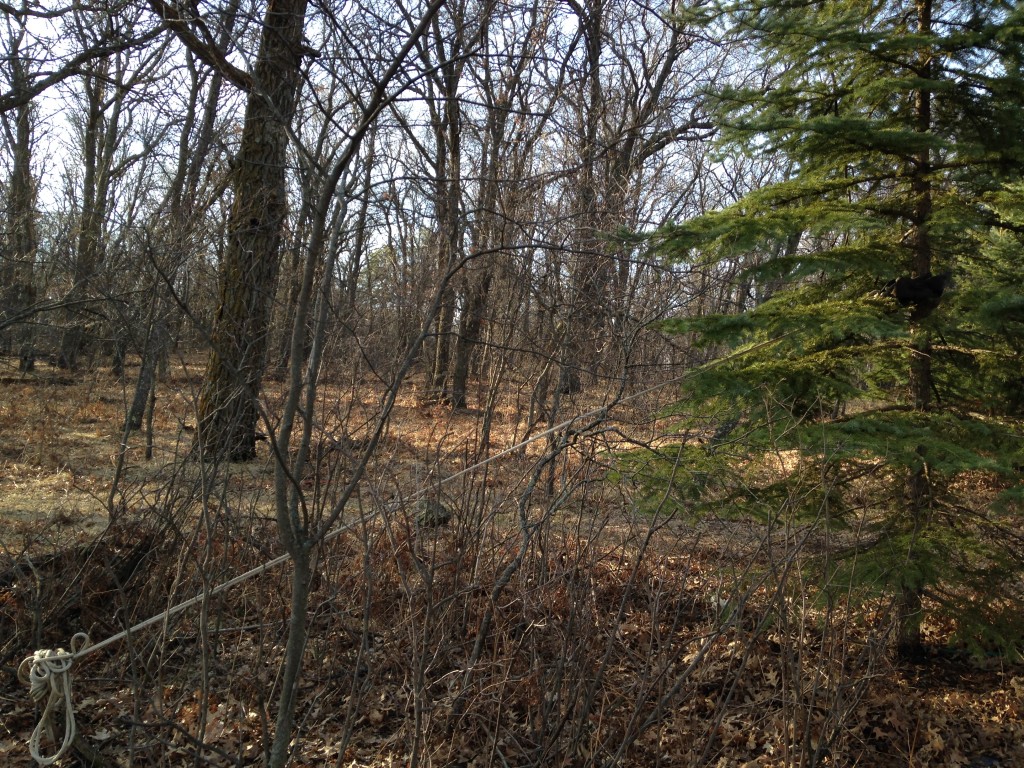
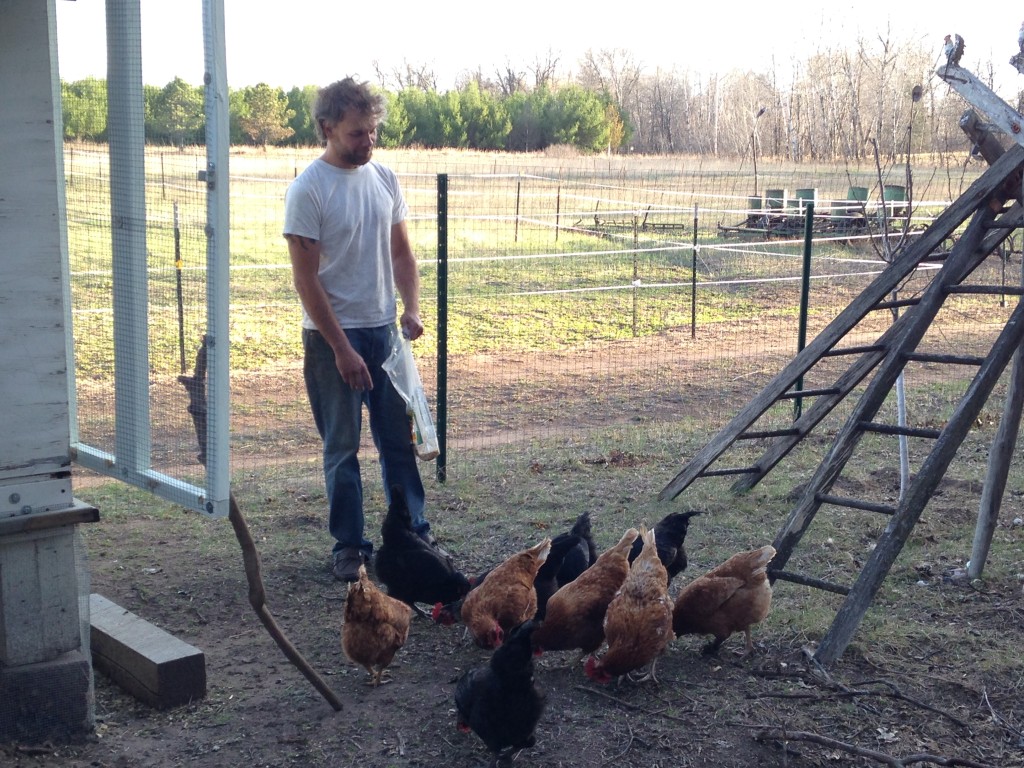
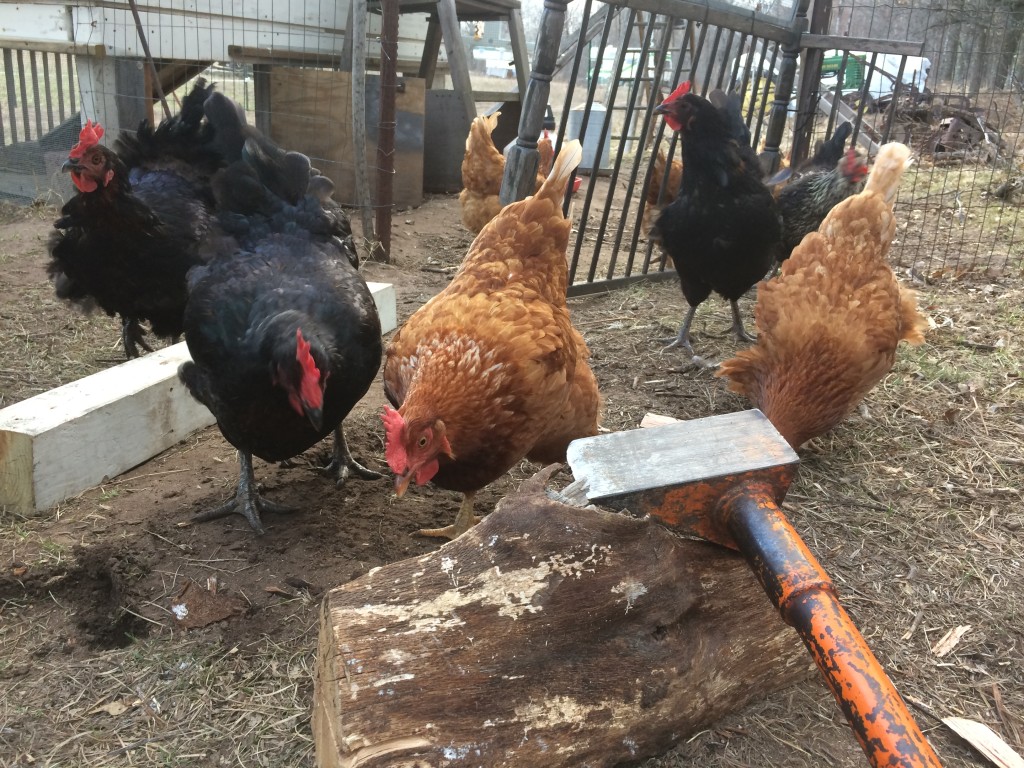
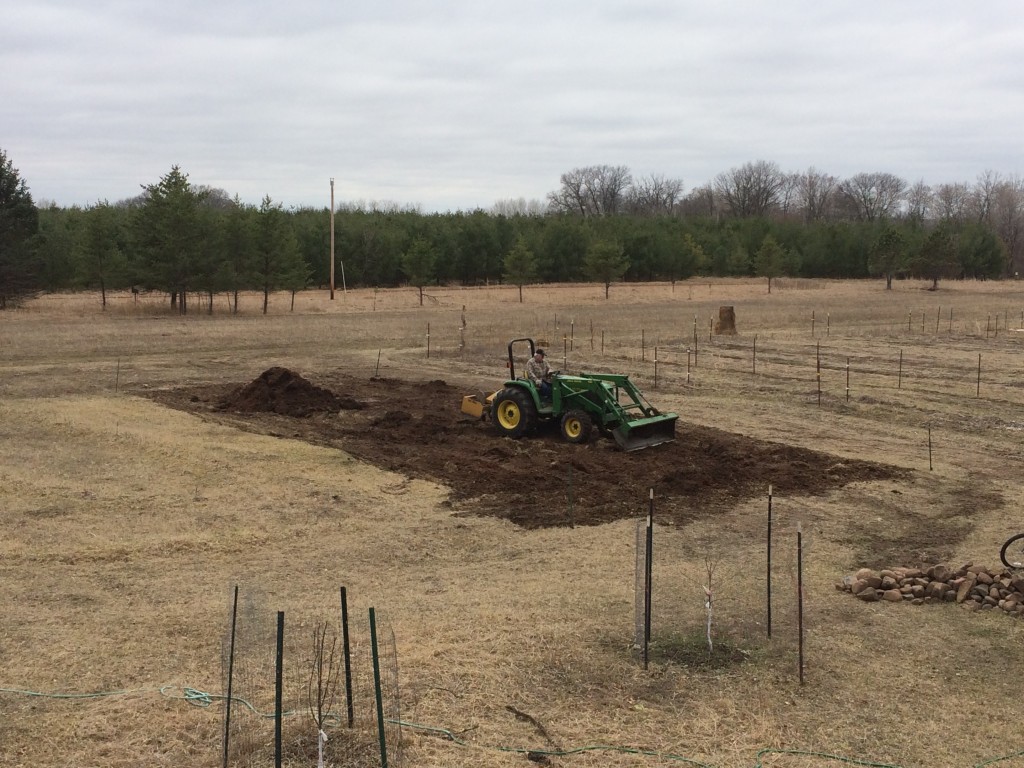
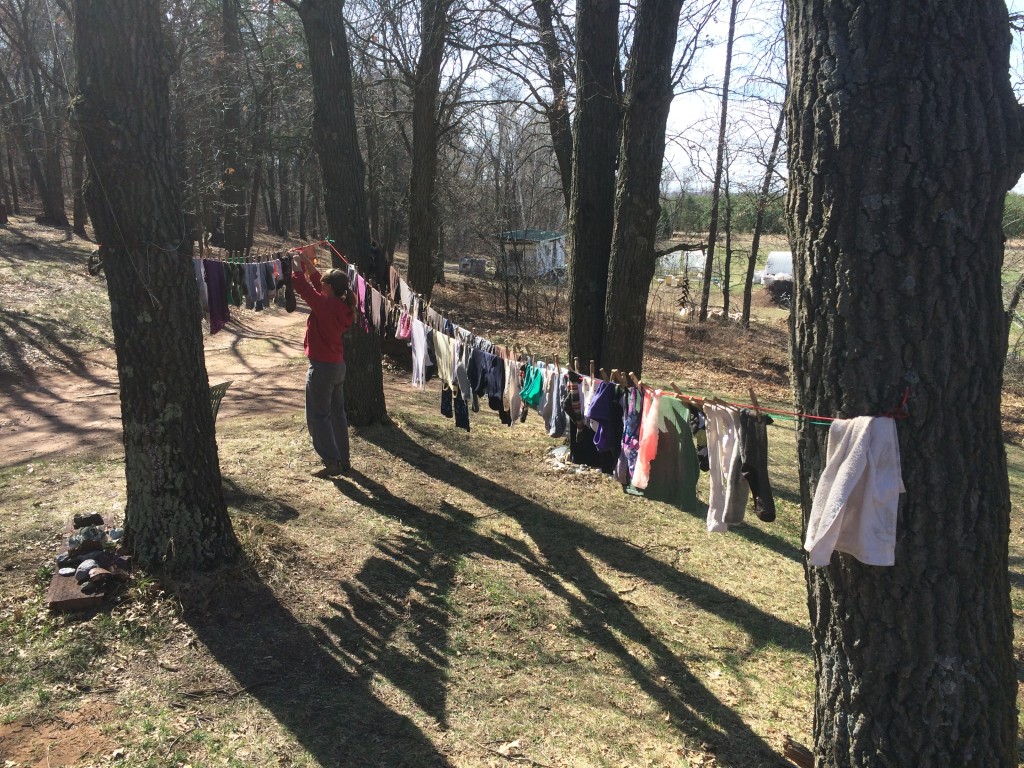
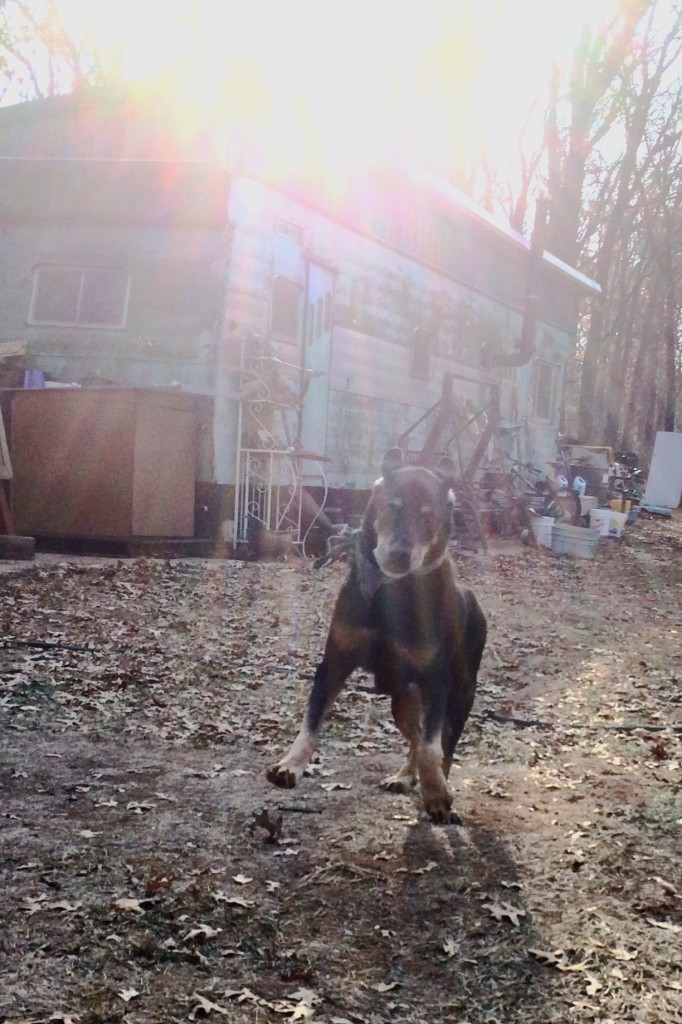
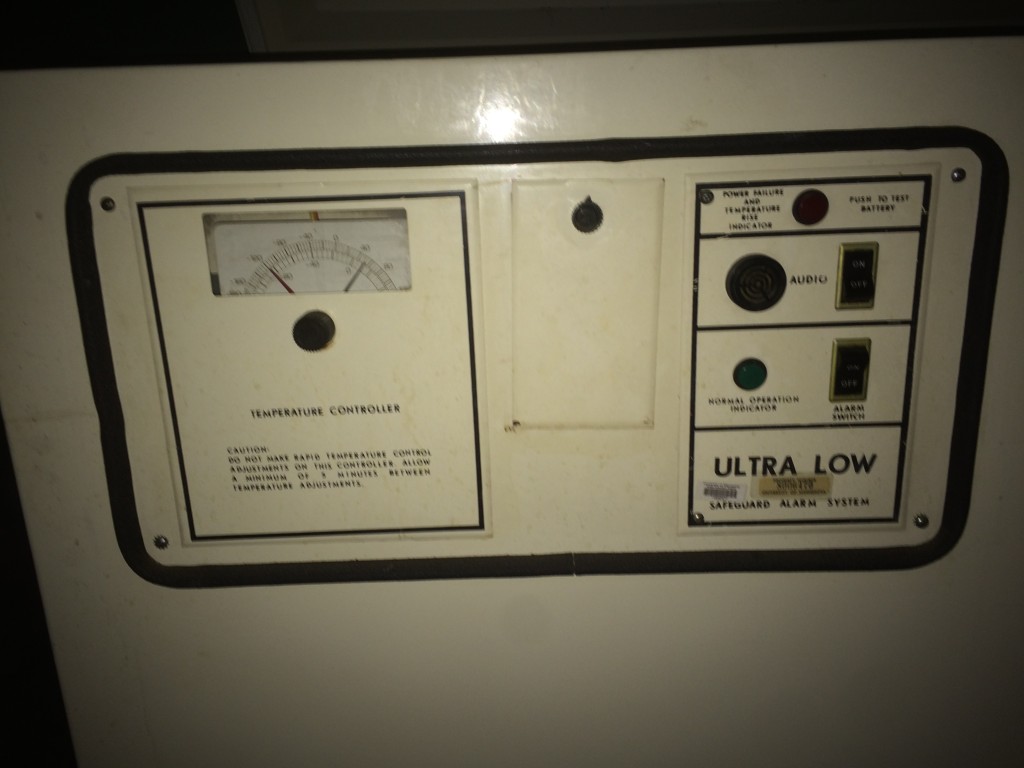
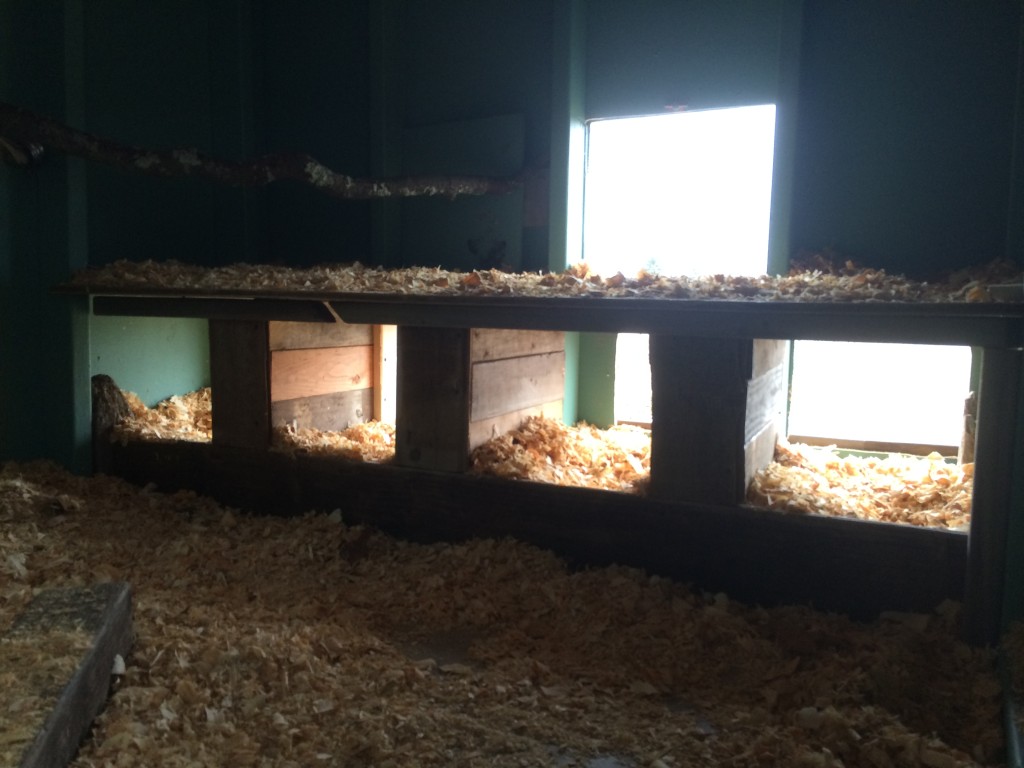
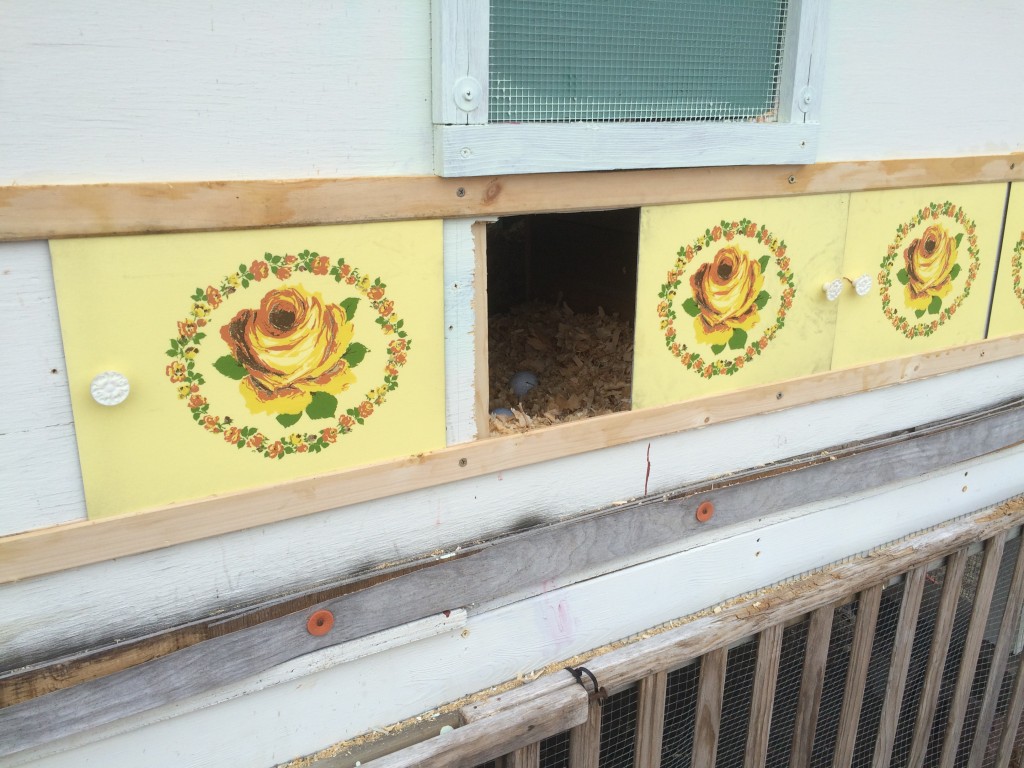
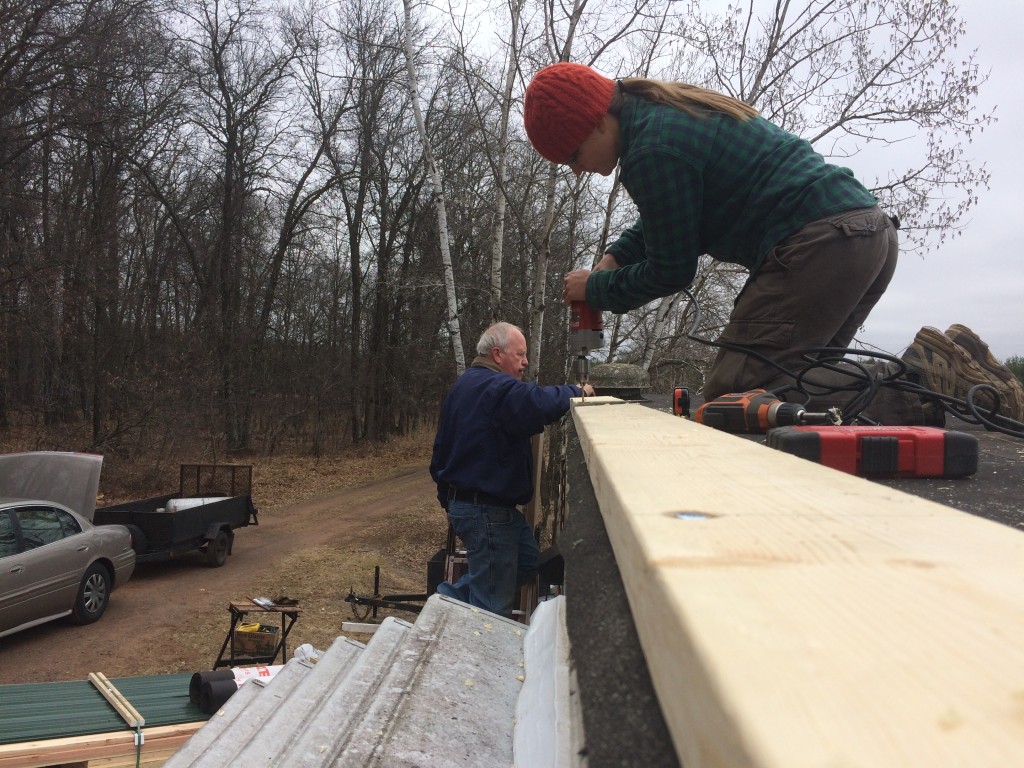
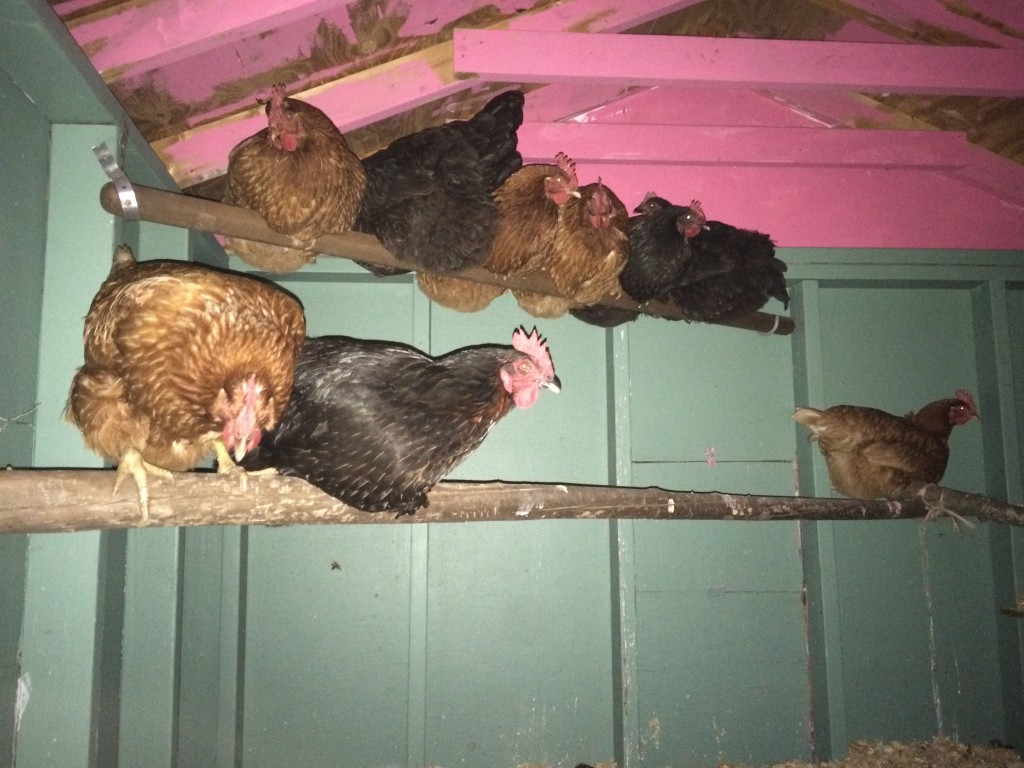
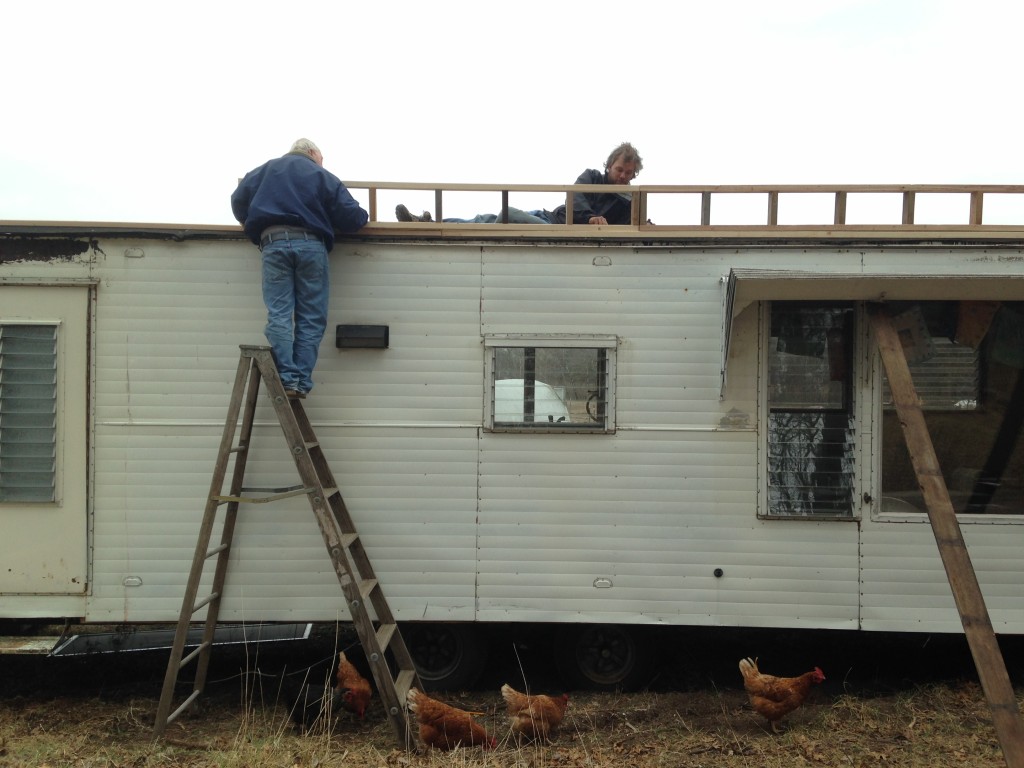
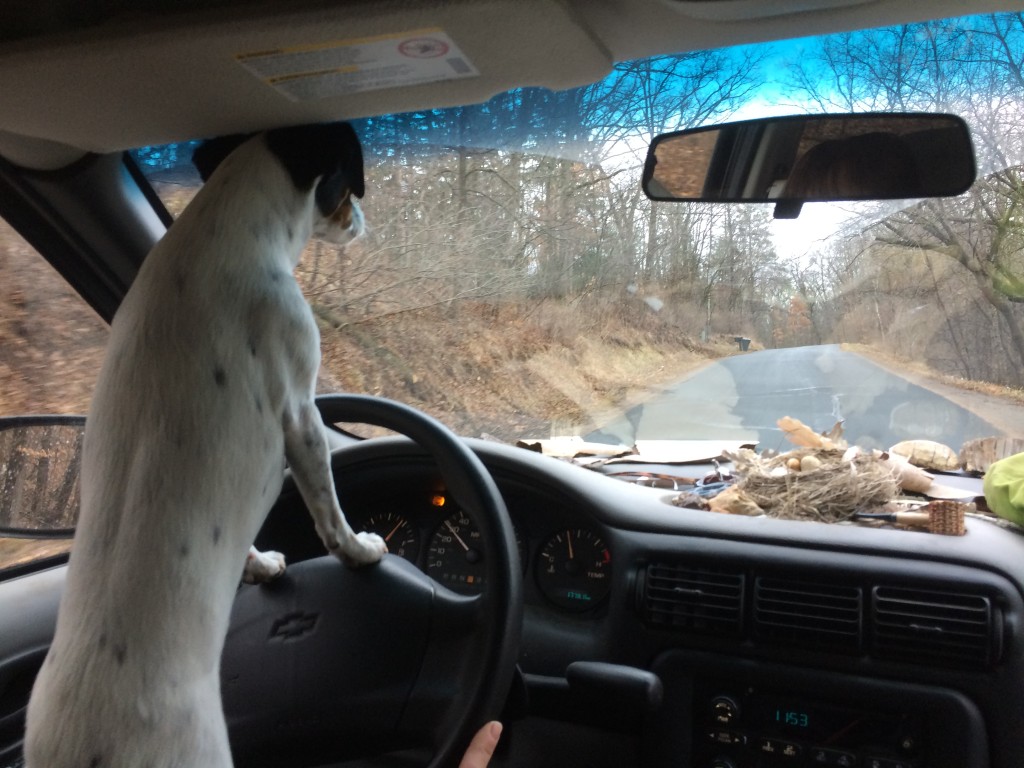
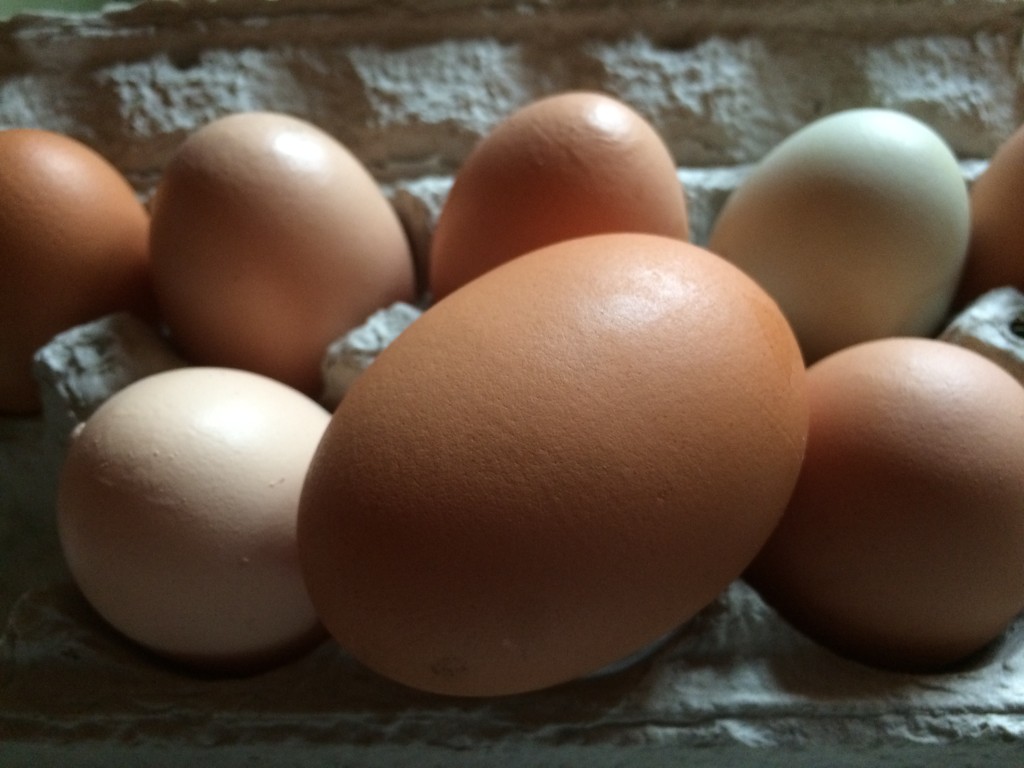
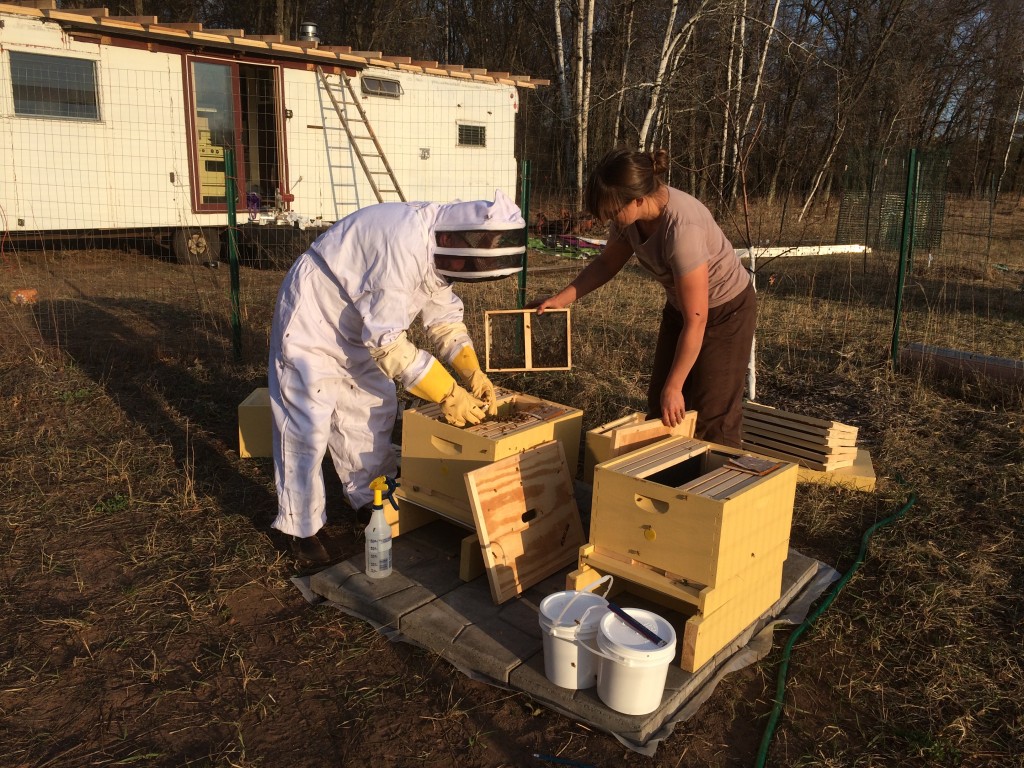
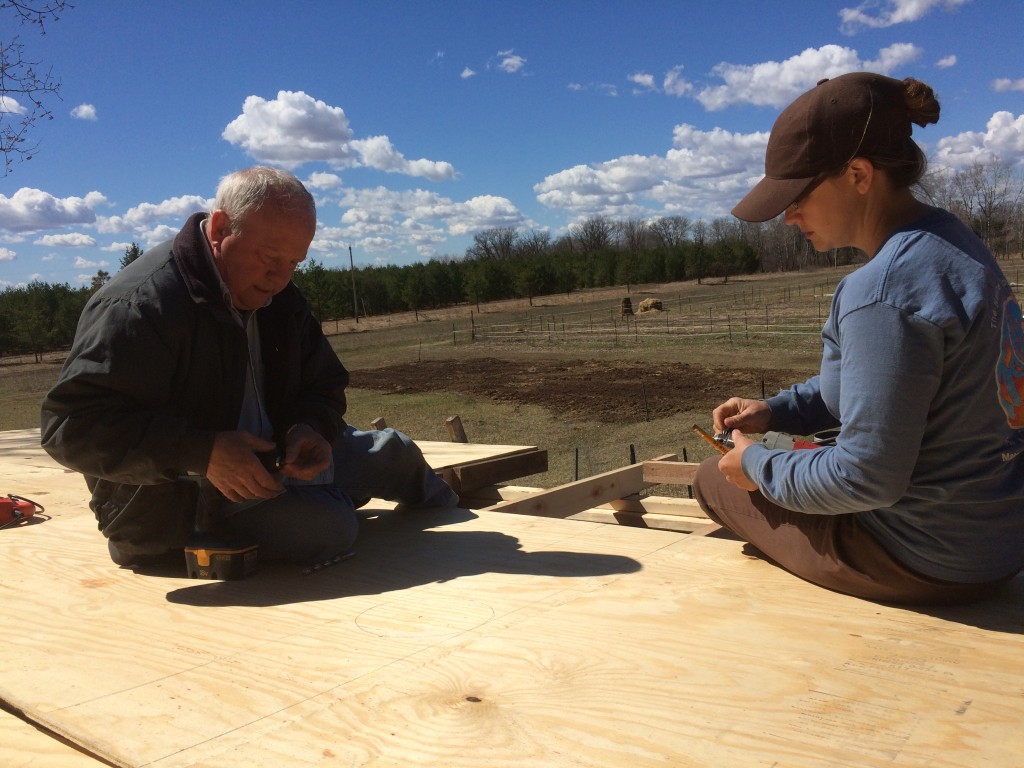
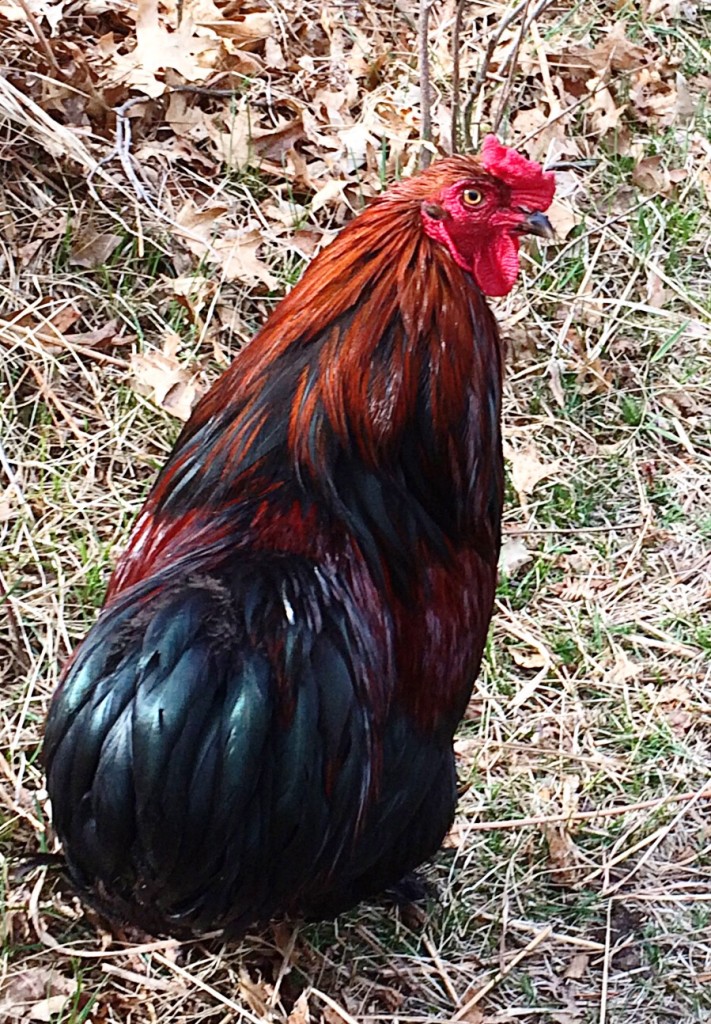
But primarily, it’s been all about the seeds. This is our first year starting seedlings off grid, without either the electricity to run banks of lights or the controlled heat of a modern home – so we’ve had to do some improvising.
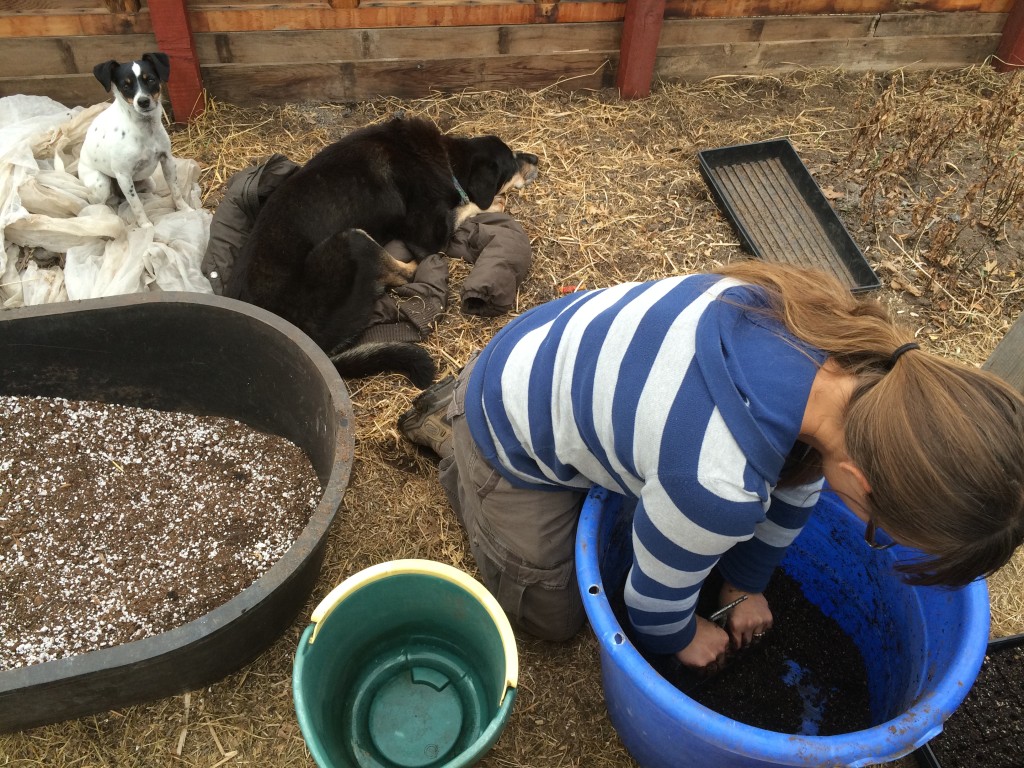
For next spring, we plan to have a wood fired, slow-release heating system installed in the greenhouse – a “rocket mass heater” that stores heat in a clay and stone bench running the length of the greenhouse, which we can germinate seeds on and leave plants overnight when temps drop down. But for this year, there was no time to build it …
So at first, we tried propane heat. We quickly discovered that it is far too expensive to try to maintain temperatures overnight in a structure that is not really made to hold heat – the thin plastic is great for letting sunlight in and holding the heat briefly, but when there is no sun and the temps are below freezing, a 200 square foot hoophouse will quickly drain your bank account – as well as leave you stressing about a propane cylinder going empty in the middle of the night and costing you everything you’ve worked so hard to start.
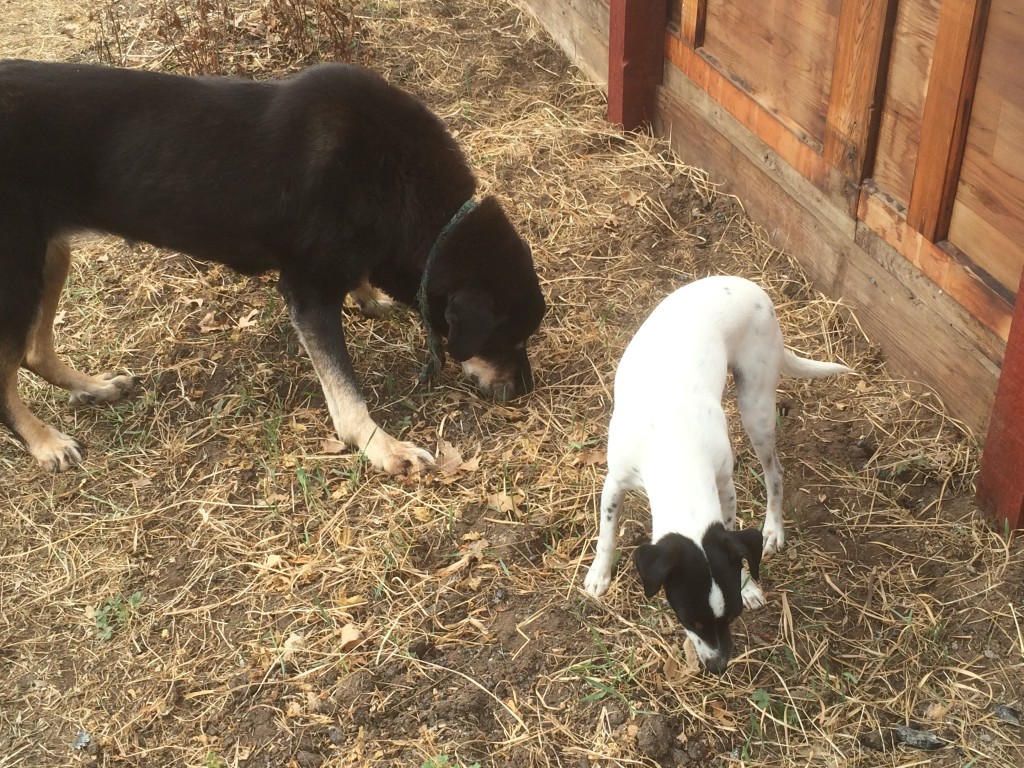
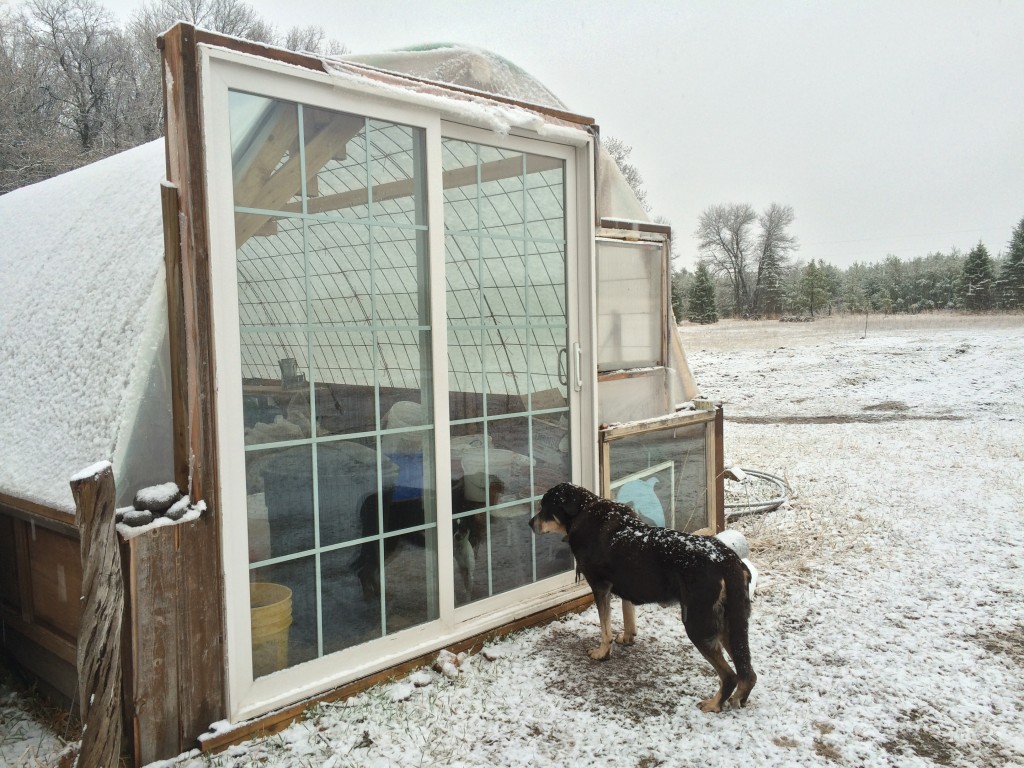
The first seedlings started were the cool weather crops – hardy specimens that can survive chilly air and soil, such as lettuce, broccoli, and kale. We also got some more perennials going – asparagus and rhubarb.
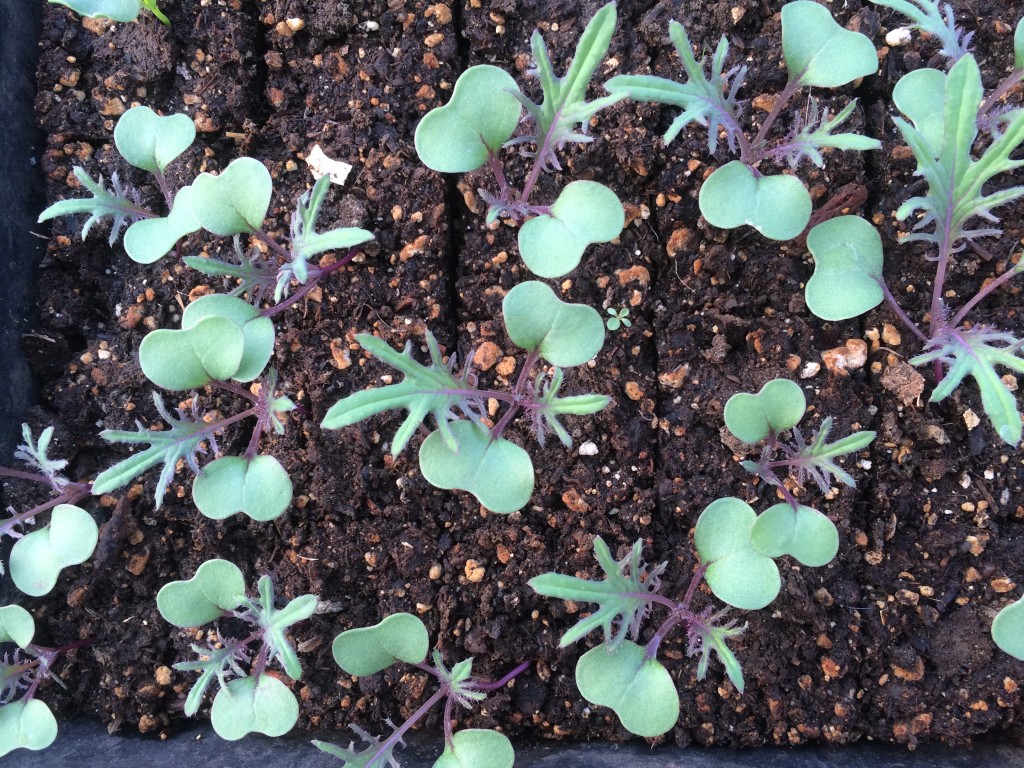
Using a handy digital thermometer with a probe (which lets us take readings in two separate locations), we experimented with different techniques for maintaining adequate temperature, and discovered that if we put the flats on the ground of the greenhouse at night and layered them with row cover fabric, the warmth of the earth keeps the trays several degrees warmer than the rest of the greenhouse.
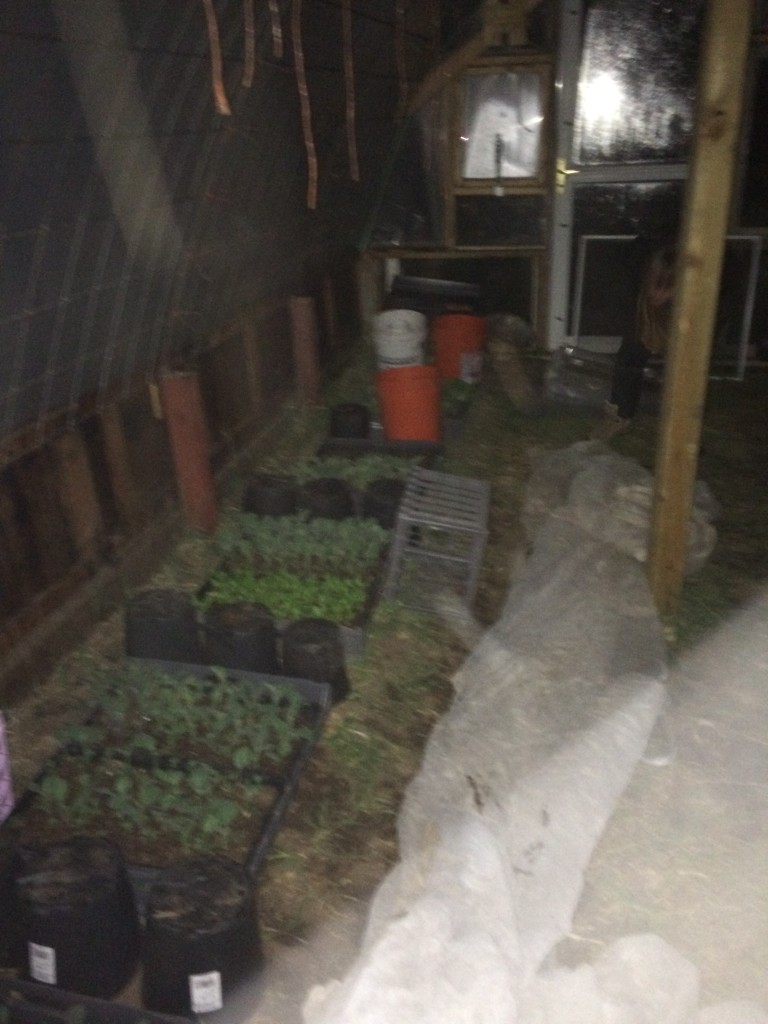
When it is very cold, we bring them up into the trailer with us, to stay toasty with the heat from our wood stove.
This set the stage for the next wave of seedlings – the much more sensitive hot weather plants such as tomatoes, peppers, and eggplants.
These seeds will not germinate well unless soil temperatures are at least 80 degrees – and once they finally do emerge, the plants don’t like it much cooler than that, either – no lower than 50. So, we started a new regimen to accommodate them.
On clear days, when the sun warms the greenhouse up in the 80 to 100 degree range, we set up the warm-weather plants on the greenhouse shelves, to benefit from both the heat and the sunlight.
During these times, the cool weather crops are moved outside, to temperatures more to their liking, as well as into the wind and more direct sunlight that they need to get, in preparation for being transplanted into the open field.
We used the storm-ravaged mosquito gazebo frame and some row cover to build them a shelter, which keeps the sunlight moderated during the strongest times of day.
For nighttime and for still-germinating seeds (which require no sun and more heat), we hung ceiling-to-floor curtains in our trailer, dividing it into three areas: the living room with its big bright windows (which lose heat at night), the kitchen in the middle with the woodstove, and the bedroom in the rear of the trailer. Rearranging the furniture allowed us to set up a big wire shelving rack in the middle zone, capable of holding almost 20 flats of seedlings. The uppermost (warmest) shelves became our germination area – the curtains trap much of the heat from the woodstove, allowing us to easily maintain temperatures between 70 and 100 degrees overnight for the seeds to germinate within, without roasting ourselves to death while we sleep in the rear.
In the mornings, we load the sprouted trays into the van and move them “downstairs” into the protected sunny greenhouse. If it’s warm enough, the cool weather crops (which spend the nights on the greenhouse floor) get moved outside into the gazebo shelter. And then when the sun goes down, we bring them back into the greenhouse, and load the hot weather plants back into the van for a trip “upstairs” to their woodheated shelving in the trailer with us.
It’s a lot of shuffling trays back and forth and all around, but we’ve gotten pretty good at the process, handing the trays off from one person to the other at the doorways, using bread trays to move two flats at once, and making it a smooth and painless habit, a simple and quick routine. And because we’re here with the seedlings full-time (last year we did our germination in Kristin’s folks’ basement), we can pay close attention to maintaining consistent moisture levels, avoiding extremes of dry or wet soil that cause problems.
Not only does it work for us – it seems to be working great for the plants. This year we have the strongest and healthiest looking seedlings we’ve had yet – strong stems, glowing leaves, high germination rates, and no sign of damping off, yellow leaves, or other signs of stressed or unhappy seedlings.
Of course, just as it gets easier and feeling under control, it’s time for the next phase of things – this week we started planting seeds out in the field – so far, onions and snap peas, with lettuce and spinach on the to-do list next.
This means weeding rows and beds, planting, and mulching … making this a great time of year to come out and help if you’re interested in volunteering; there’s a lot to do, but it’s not hot and there aren’t any mosquitoes, gnats, or flies to speak of … yet!
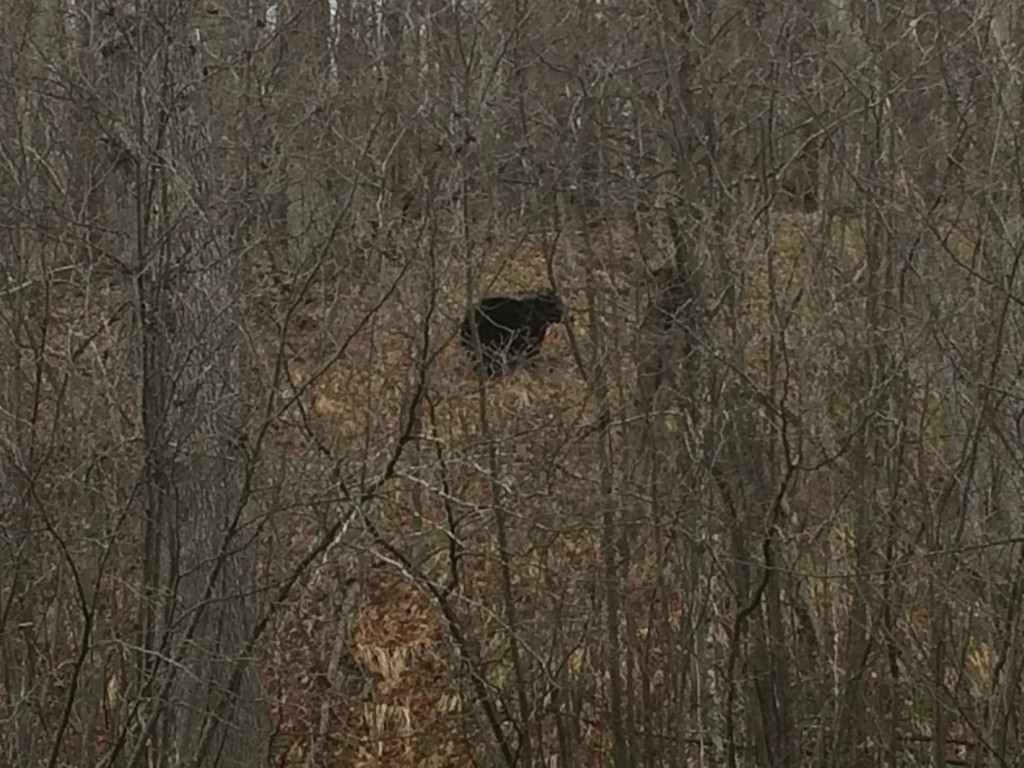
2015 is off to an awesome start – I know there is no certainty when it comes to the future especially in farming, and ‘whatever will be, will be’ – but I’m predicting the best year yet!
Thanks for being a part of it!
– Gabe Sehr
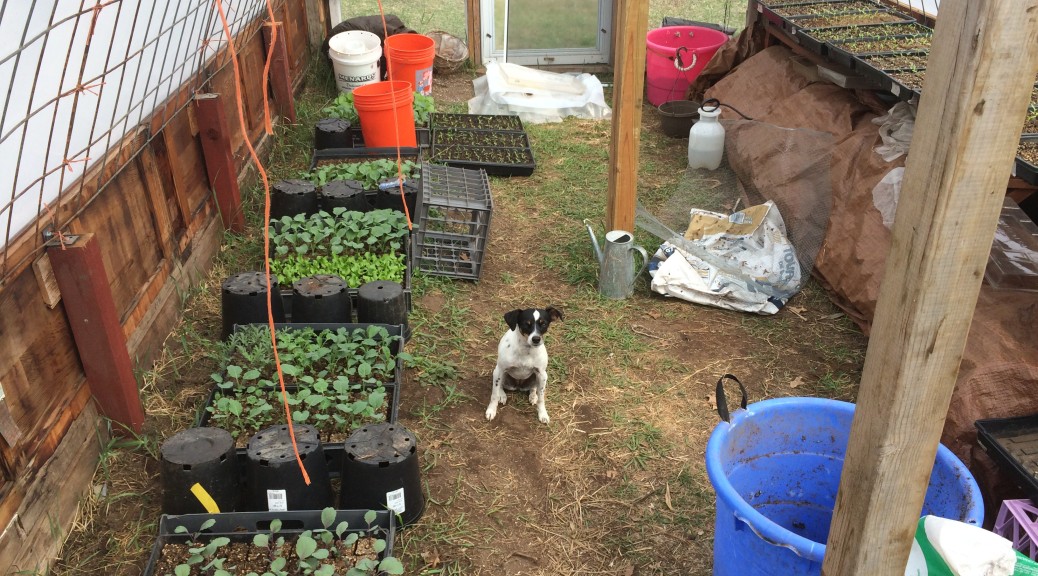

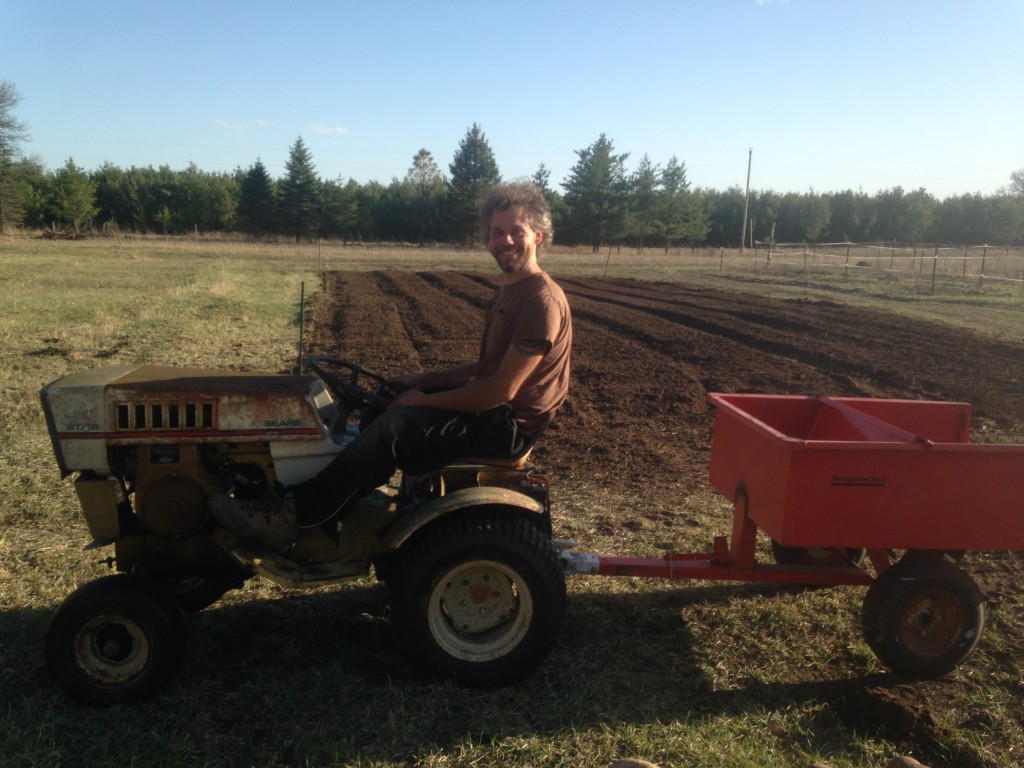
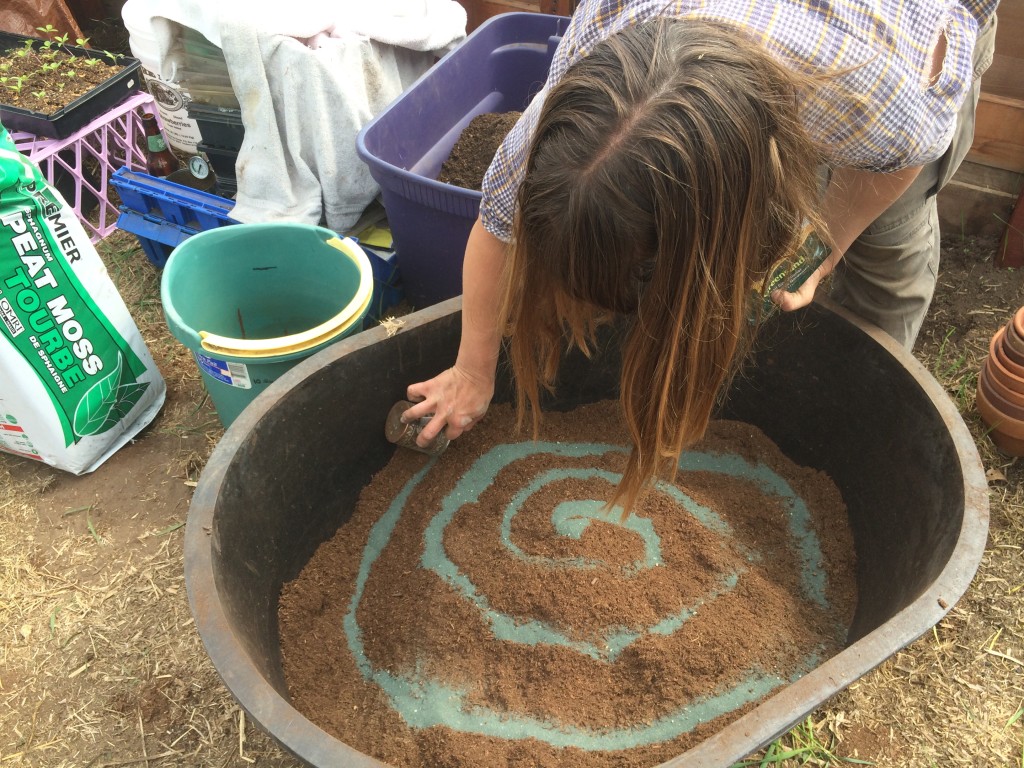
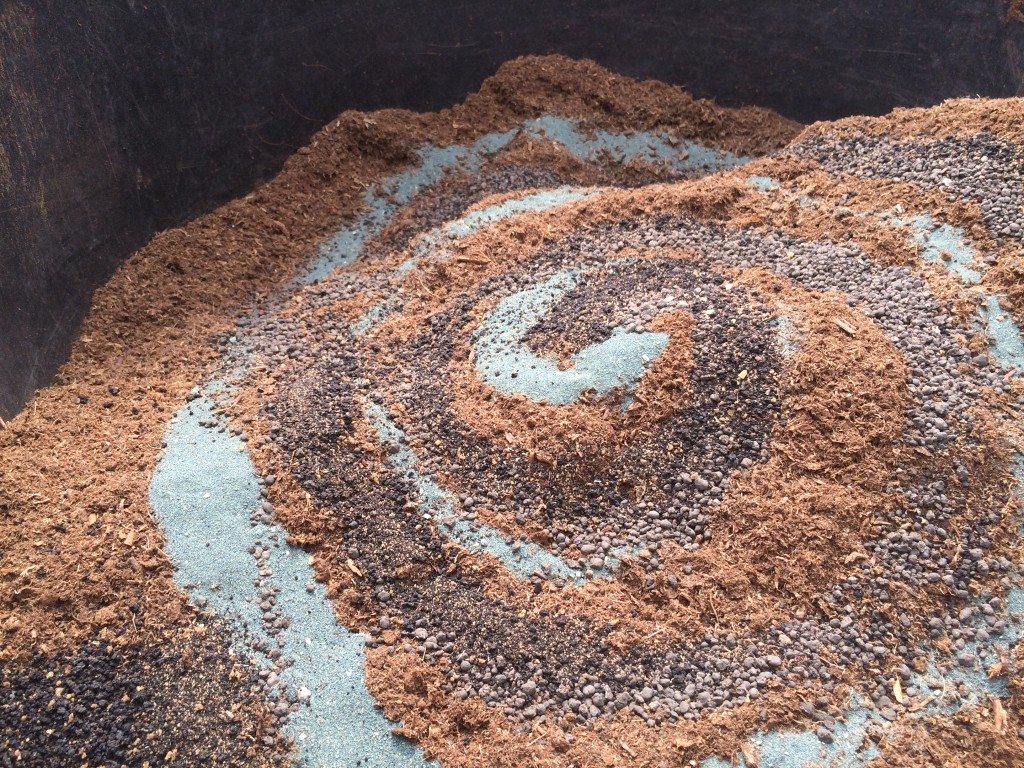
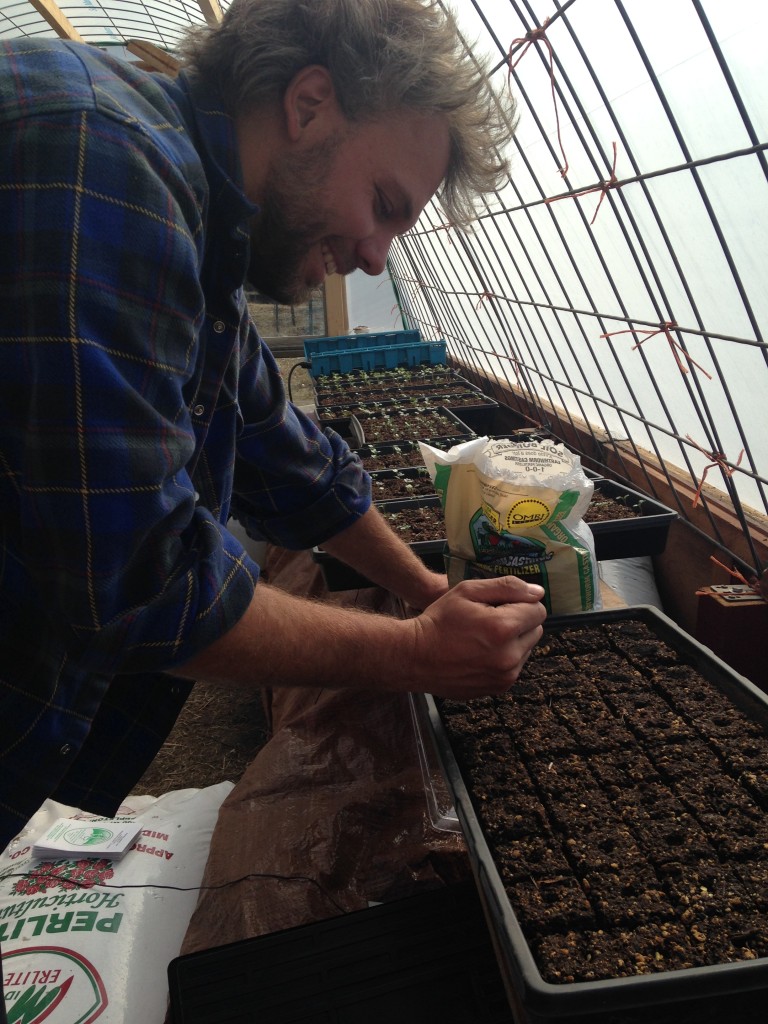
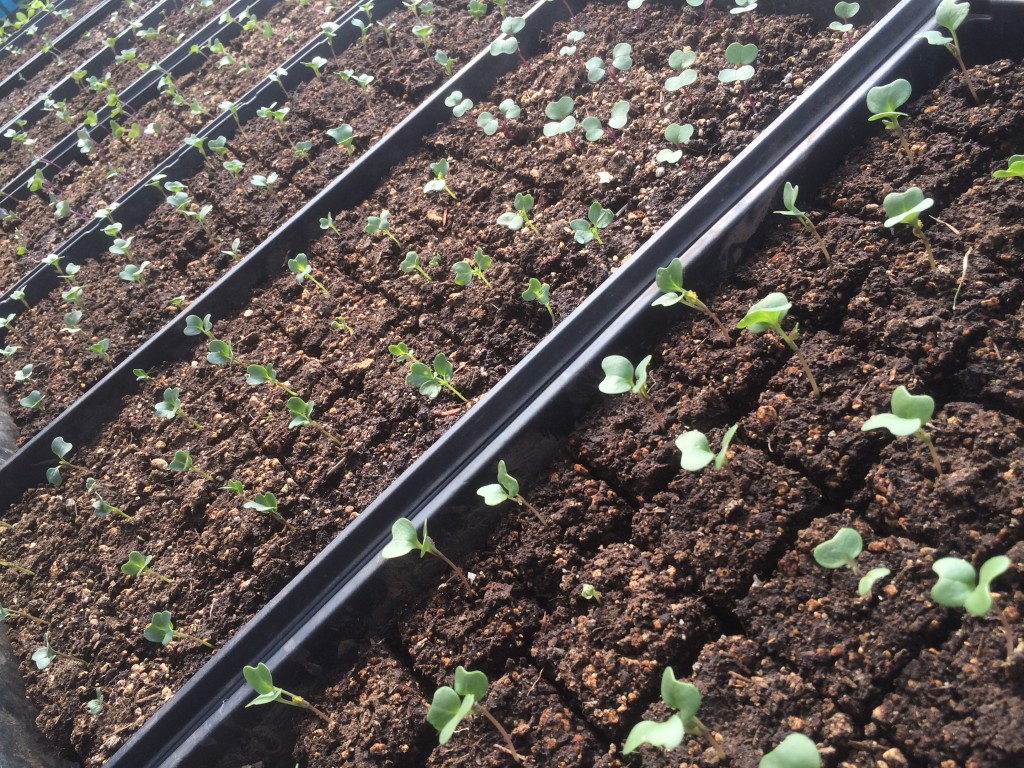
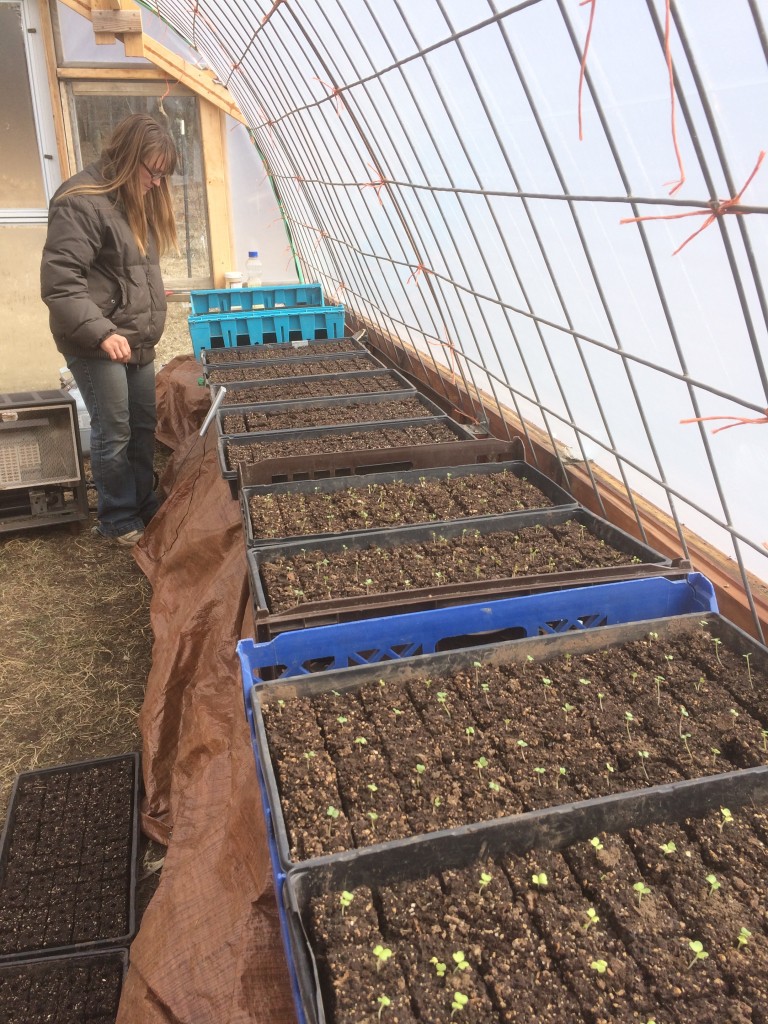
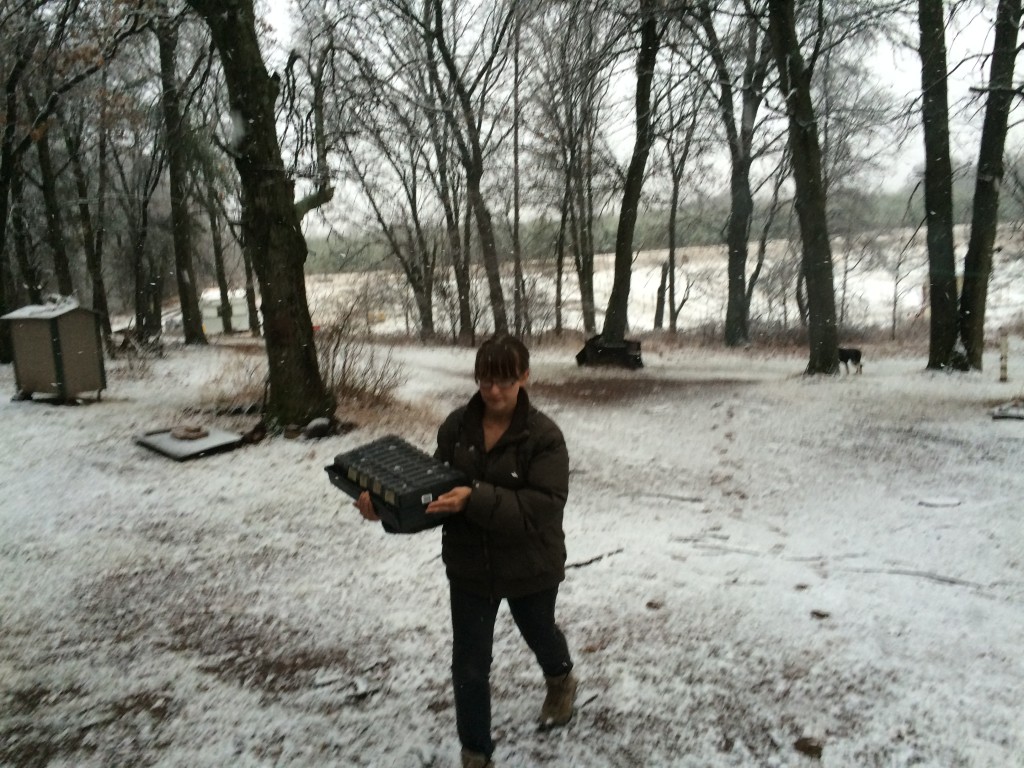
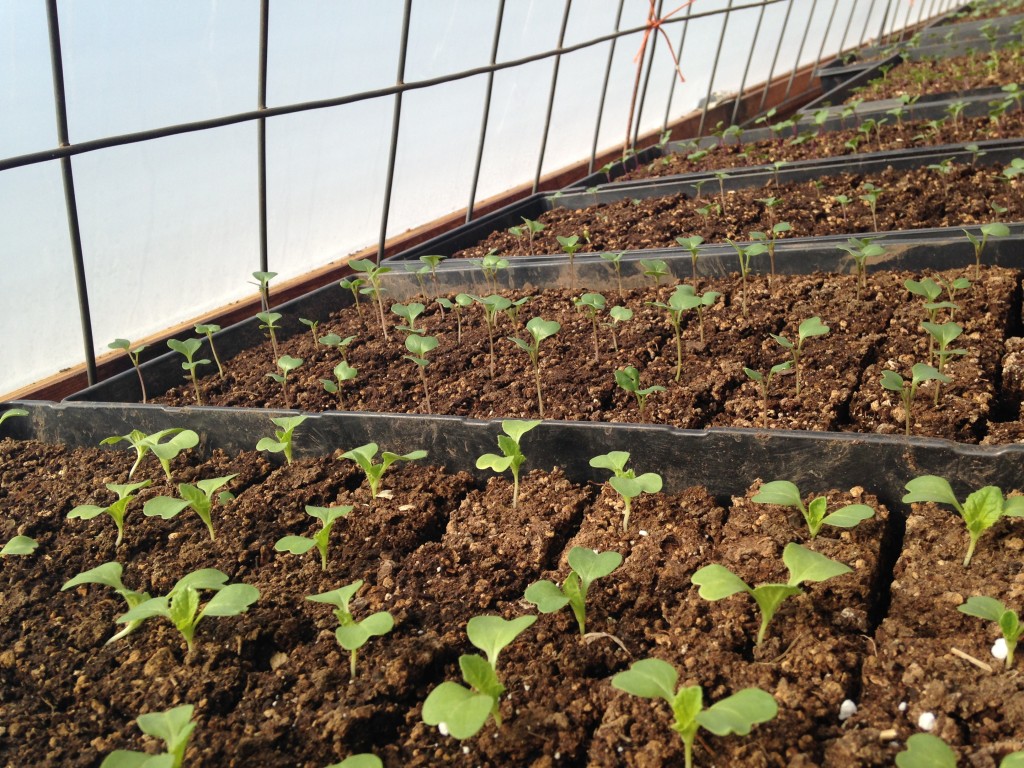
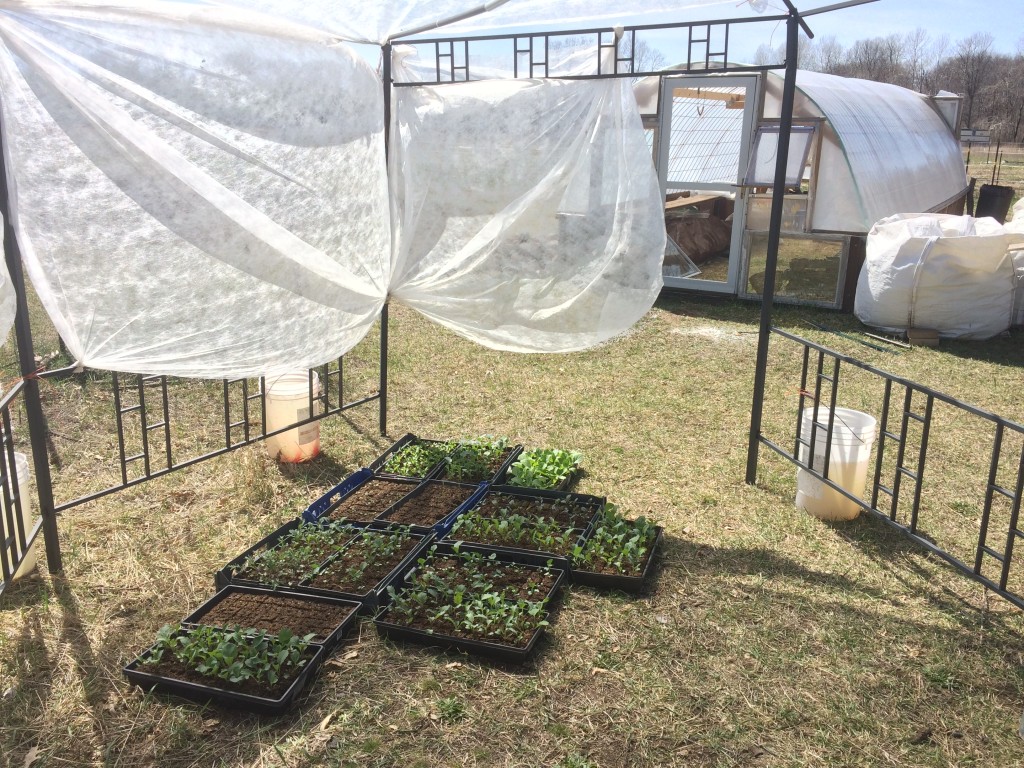
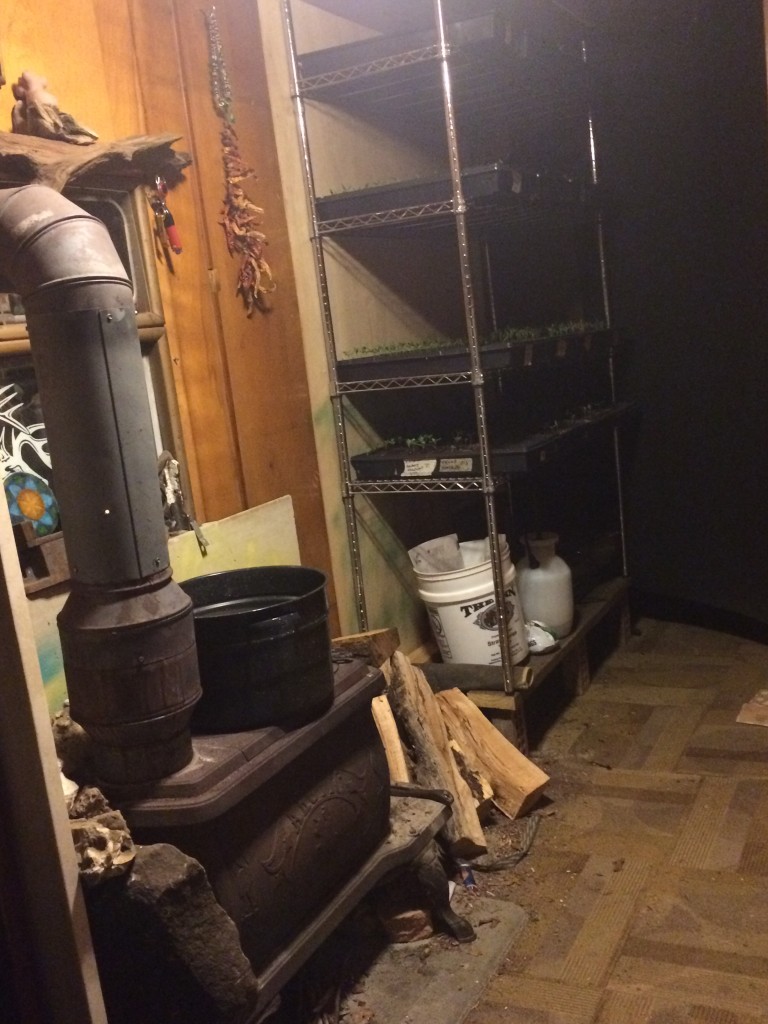
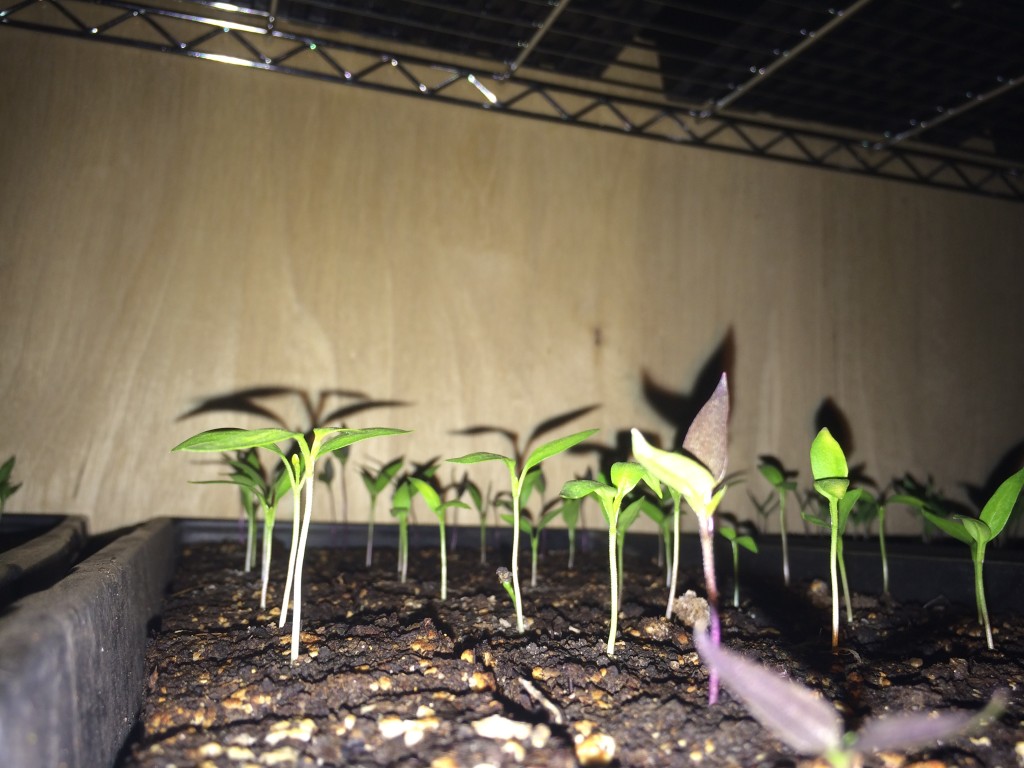
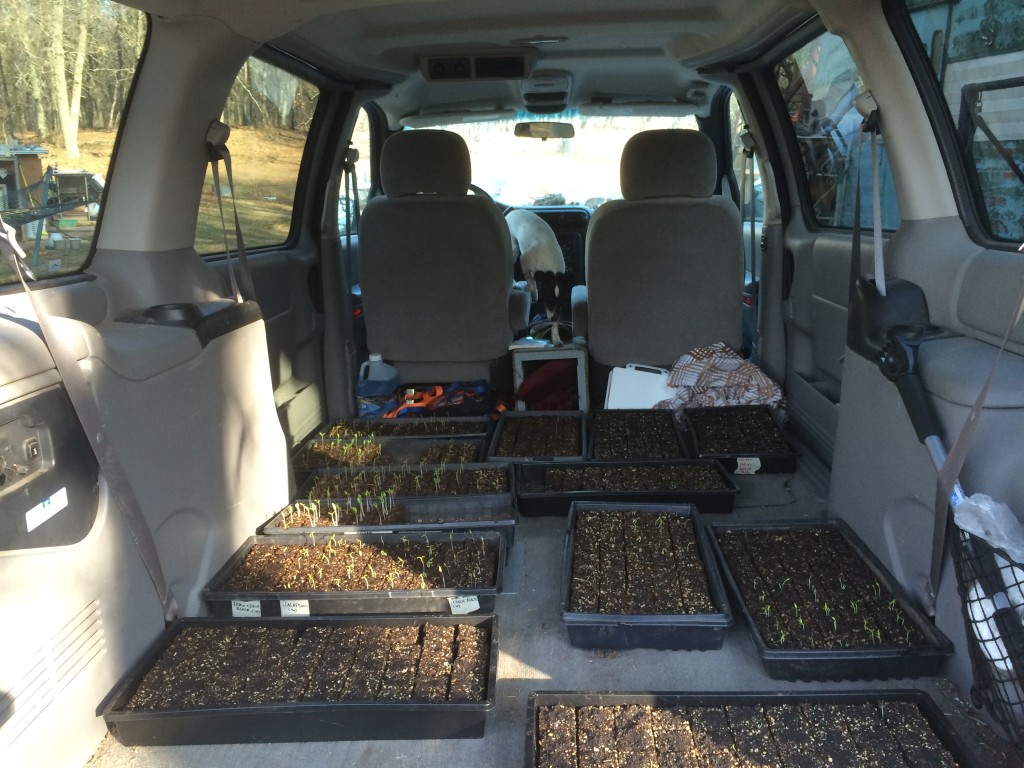
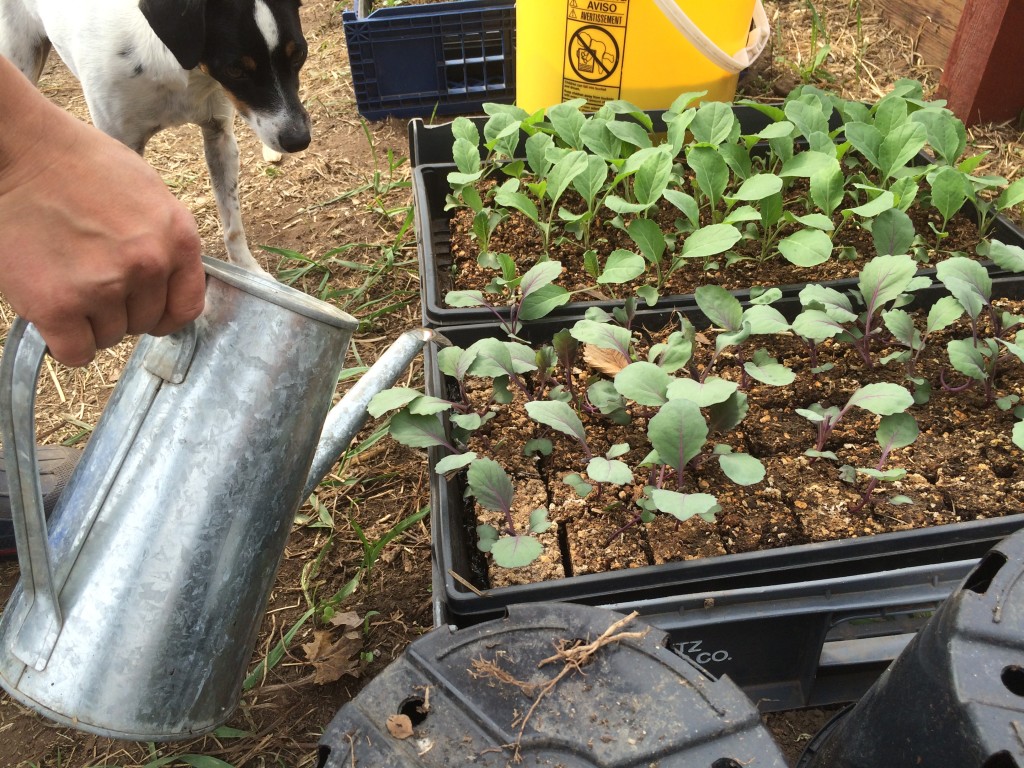
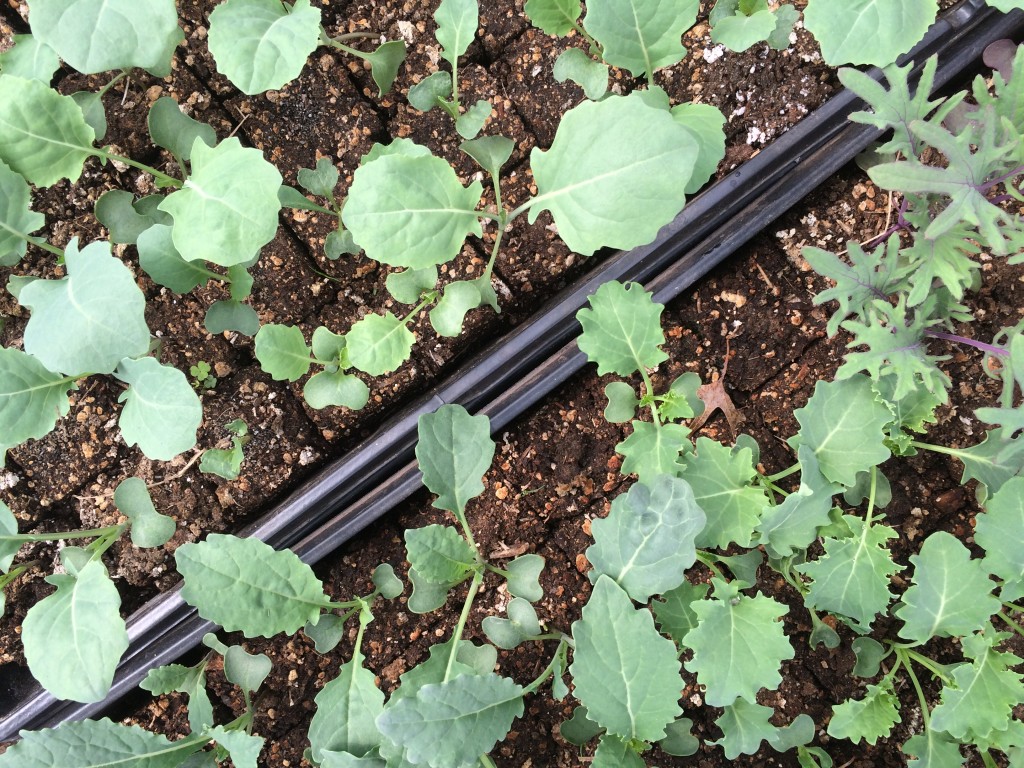
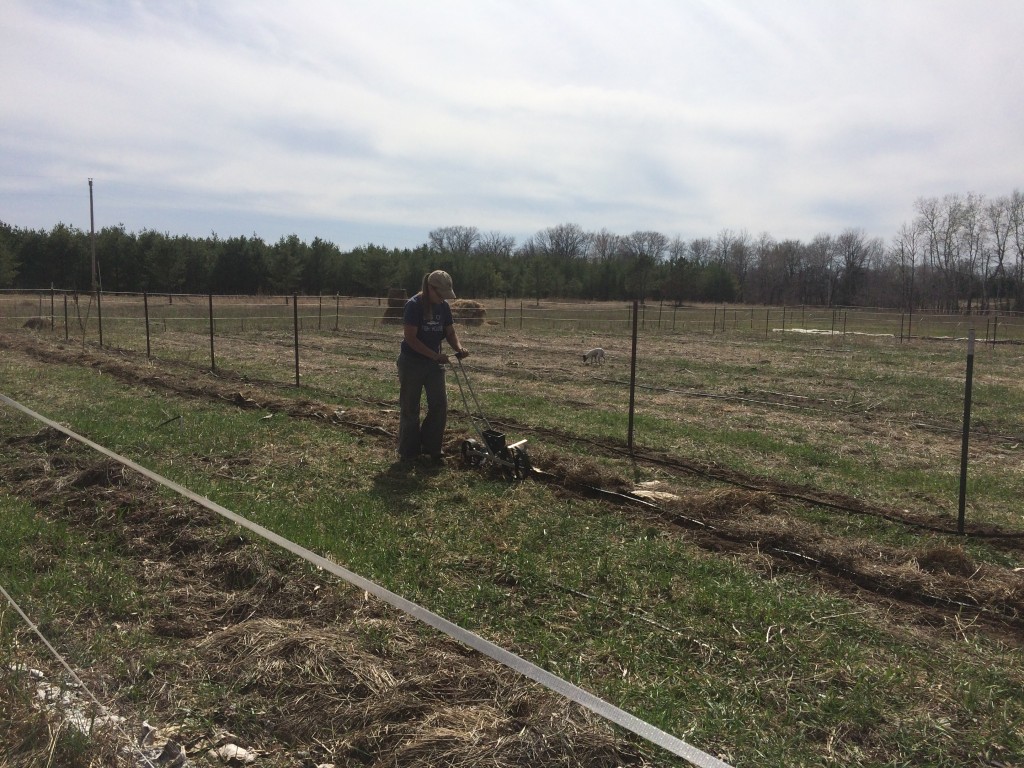
Awesome !
Yes, Pepe is in heaven – I know he loves it at Que Sehra Farm.